Nuetech Nitro Mousse
Company: Nuetech
Price: $134.95
- No more flats!
- Feeling is very similar to a tube so the motorcycle's handling is not altered.
- Durability is good.
- Difficult for most to mount, especially with standard tools.
- You have to treat any mousse as a wear item.
- Usually messy to install and remove.
What it is
- A foam insert that replaces the tube in your tire.
Nuetech is in the business of traction. And that begins and ends with not having a flat tire. Inventors of the Tubliss system, they felt there was also the need for a better mousse. A mousse, for those unfamiliar, is a foam insert that replaces the air-filled inner tube inside the tire. Nitro Mousse combines a high concentration of nitrogen into an micro-matrix of proprietary elastomers that is claimed to be very tough. These elastomers are formed into a tube shaped, foam feeling ring that is installed into the tire and mounted on the rim with or without special tools. Nuetech claims the durability is up to double the life of other mousse options and is 100% flat-free. Included with the mousse is a lubricating gel.
How it works
The biggest issue with mousse inserts is the instillation and removal for most.Like any tire change there are techniques and even very specialized tools to make the job much easier. Yet we have plenty of experience with changing tires so this was not a big concern for us, we even shot a video of installing and removing the mousse with very standard tools just to illustrate the technique. Though some cringe at the use of channel locks on a rim. There are some simple tools like the Motion Pro Bead Buddy that help a lot. If changing tire is tough, this will be tougher but also look at the bright side. You can't pinch the tube or get a flat once installed. We've seen some riders break the bead of the tire by doing it wrong, so it is technique, not muscles. Like any mousse, you have to decide if this difference in procedure is better or worse for you as some riders prefer the added complexity of changing a mousse once knowing that they will not have failure at the race or on the trail. Or they invest in a changing tool that makes tire changes simple and then gain lots of riding friends who have also converted to mousse.
That said the Nitro Mousse is no different than any other mousse in instillation difficulty or procedure. We did disagree with the suggestion of adding half the lube to the tire and half to the mousse before setting it in. Experience has taught us to put the majority of the lube inside the tire, spread out evenly, prior to placing the mousse inside then only a very thin even coat on the mousse itself. This makes sure it is not wiped off when sliding the mousse inside the tire. Also sealing up the spoke nipples and former valve stem holes with a rim tape or even duct tape is a good idea to keep moisture and dirt out. We always used a rim lock as well.
Tire selection plays a role in how a mousse works and we tried a variety of tires in both size and types to really get a feel for how the Nitro Mousse performed. How the mousse fits, tight or loose, is probably the biggest determining factor in overall performance and durability. The tighter the mousse fits, for the most part, the longer the mousse will last with one big exception--high speeds. Extreme high speeds can kill a mousse in a matter of minutes if the tire is very tight or extremely loose. By high speeds we use 90 MPH as a good speed to start at and it needs to be sustained for the speed (heat build-up) to be the factor. At least in our testing. Speed creates heat and it gets exponential as the speeds rise. The more powerful and heavier the bike, the harder it is on the mousse. We were not even concerned with the 70-75 MPH suggested limit because we did not experience any degradation or excessive heat build up even in 30-plus minute runs on pavement. Our first sign of failure was on a 500+ mile mousse that was pushed at 90+ MPH on a dry lake for 20-minutes immediately followed by pounding whoops and only then did we have slight tearing on the sides of the Nitro Mousse. Not the burning from the inside out like we have experienced in with other types in a similar test.
Tightness in fit also plays into how quickly the mousse breaks in and how long it lasts. If there is any gap in the fit you can cut the life span of the mousse in about half. We'd say it is loose if if the tire feels like it has any less than 12 PSI (by pressing) when tire and mousse are new. The tire feeling loose anywhere on the tread surface or sidewall indicates a loose fit. A snug fit feels a lot more like 14 PSI and an an experienced hand should be able to tell this.
This comparison to PSI is also a good way to explain how the Nitro Mousse works. It has a feel that is much more like air than almost all of the other mousse brands out there. While most mousse have a dead or flat feeling to them, the Nitro has a little more spring to it most of the time. Other mousse that are very dead feeling also have a very exaggerated spring-back when they are really crushed on hard landings or when smacking a rock or root. Getting to this point on the Nitro is more progressive and the spring-back is not as amplified or sudden. Additionally there is less roll or wallow when pushing the tires in turns so the handling and suspension are not effected as much and settings do not need to be altered in comparison to a air tube setup. But at a similar feeling to an air pressure figure the Nitro Mousse provide a more cushioned or supple ride as if there were 2-3 less PSI in the tire on the bumps but not in the turns. But what everyone who used the Nitro noticed was the additional bite it gave any tire, especially when under a load. The tires all seemed to flatten out more when compared to the usual 12 PSI of air pressure and when hitting things (rocks, roots or bumps) so the wheel did some of the suspension's work to help the tire stick better to the ground. Not until the end of the mousse's life cycle did the handling get sloppy or was there excessive roll or wallow.
We tested the Nitro Mousse mostly with Kenda tries we are very familiar with. We used them predominately in the Parker DTs and also in Equilibrium and the new Ibex as well as a Dunlop AT81. In all but the Equilibrium (larger carcass) the Nitro started out with a feel that was in the 14-15 PSI feel zone. The mousse does break in but so does the tire and the stiffness of the tire carcass plays a role in this. On the stiffer Parker it took a good couple of rides for it to get into that 11-12 PSI feeling that the mousse seems to settle into. On the Ibex it was one quick ride. After that the mousse seemed to settle into a very predictable life cycle where performance was very consistent. Nuetech recommends storing the bike on a stand with both wheels elevated. We did not do this and did not notice any adverse effects from having the bike's weight on the mousse for a few days or even when tied down in a truck for a day or two. But our test bikes rarely sat for more than a week with the mousse in one position.
Weight wise the Nitro Mousse is about double of an average heavy duty tube and similar in weight to some of the ultra heavy duty tubes. The rear is just shy of five pounds and the front was nearly three pounds. Picky riders can feel the weight increase in the wheels but it is not as noticeable as you might think because of the dead or absorbing feeling the mousse gives.
Durability has been the biggest issue with mousse inserts since they have been in use. One of the biggest concerns is actually shelf life. They wear out just sitting in open air. Lately manufacturers have been working on this and the Nitro Mousse is the latest iteration. And the claim is that the nitrogen is a big factor in this. In our testing we have no reason to doubt them, but we have not had an extra year to let one sit to find out. (We have one sitting right now, in a plastic bag of course.) Our testing backed up the double lifespan claim if not a bit more. The actual life will depend on how you use it but if you were able to get two races out of a rear, we'd expect you can now get four, all other things being equal. Same claim for mileage if that is how you rate things. On one set we got 1500 miles of fast and hard dual-sport riding and then put an additional 500-800 miles of trail riding with the same mousse inside a new set of tires. The mousses were definitely softer when they went in (maybe 10 PSI feel) and wore to about 8 PSI feel in the end. The mousse had cuts in the sidewall but no signs of burning. Also for durability and to be abusive we ran one set with an open valve stem hole and rode sand dunes and through water with no adverse affects. The mousse survived with no signs of failure and the lube was surprisingly resilient. For us a rear mousse was good for two tire life's for racing or higher speed use then another tire's life for trail riding. Just trail riding we would not be surprised if an average rider could get five tires worth of life out of a rear as long as excessive time did not come into play. The front life seemed approximately 4-5 tire's life spans--it seems to last just a bit longer than the rear as you would expect. Bikes with heavier front ends (large capacity gas tanks) cut this life a little. The hardest condition for the mousse to handle is getting the tire really hot from spinning a lot and then pound sharp, hard whoops. We did that and the Nitro Mousse held up as good as any, if not the best.
At $125 a piece the Nitro Mousse is not cheap, not the easiest to install and has zero bling factor. But it eliminates the issue of having a flat tire (we laugh at the thorns and spike sticks that use to guarantee flats) and provides better traction compared to an air-filled tube. Traction is especially better when nearing the end of the mousse's life cycle where it is like a tube with 6-8 PSI in it yet with zero chance of a flat. It is like cheating at extreme enduro conditions, makes for less worries when you smack a rock and meets all claims given by the manufacturer. For racing it is eliminating one type of preventable mechanical failure. So if you want flat free riding, here is an answer with few drawbacks.
https://youtu.be/mUpYrvIT_yA
Support this site by clicking through the link below for buying options:
Leave a Reply
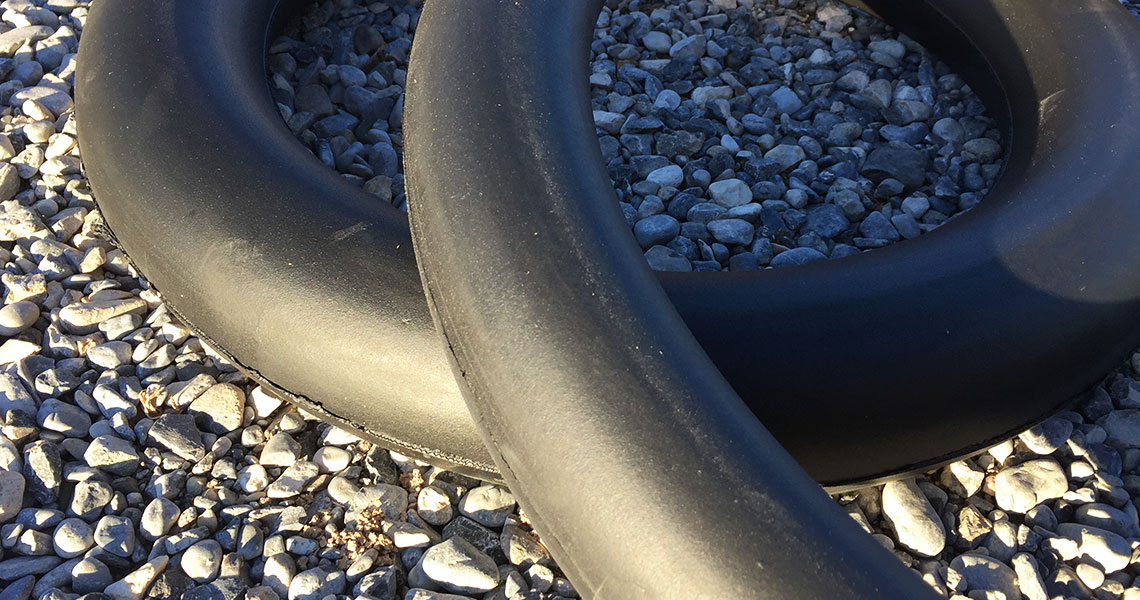
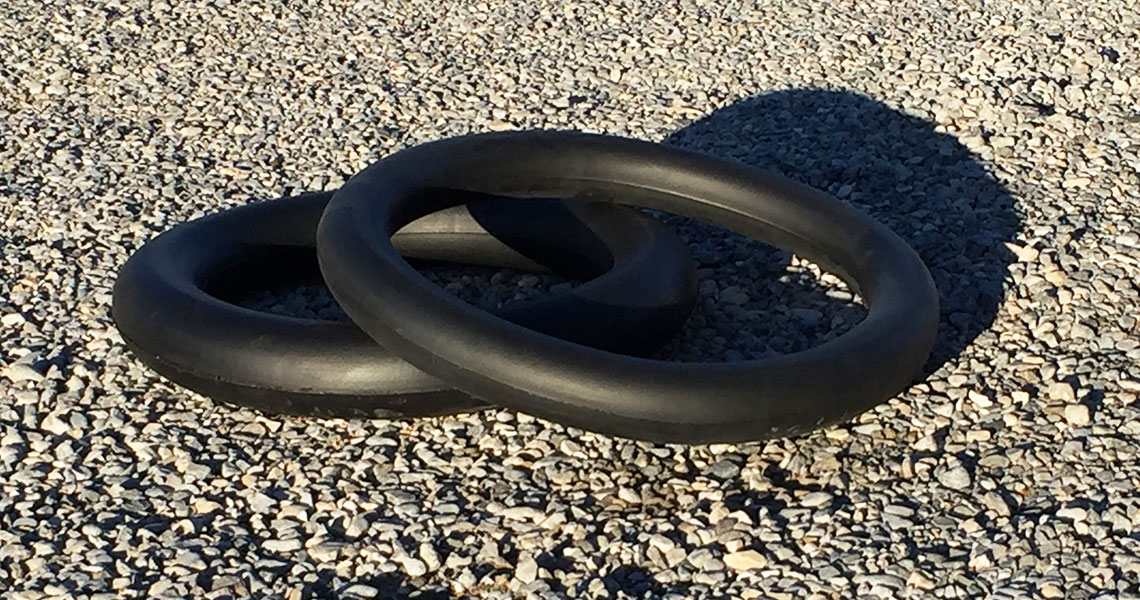
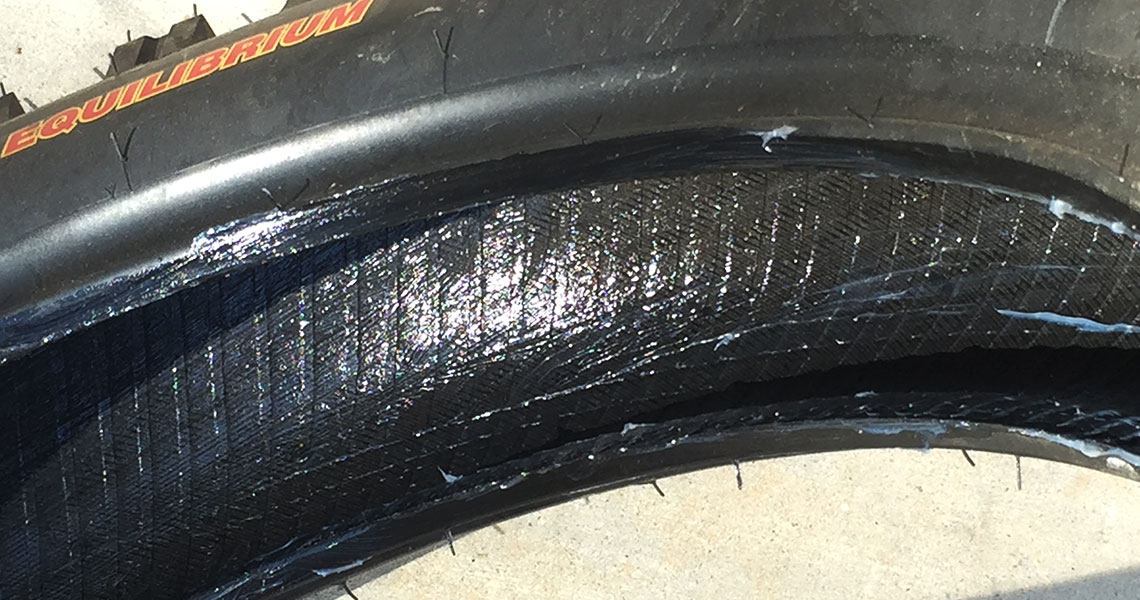

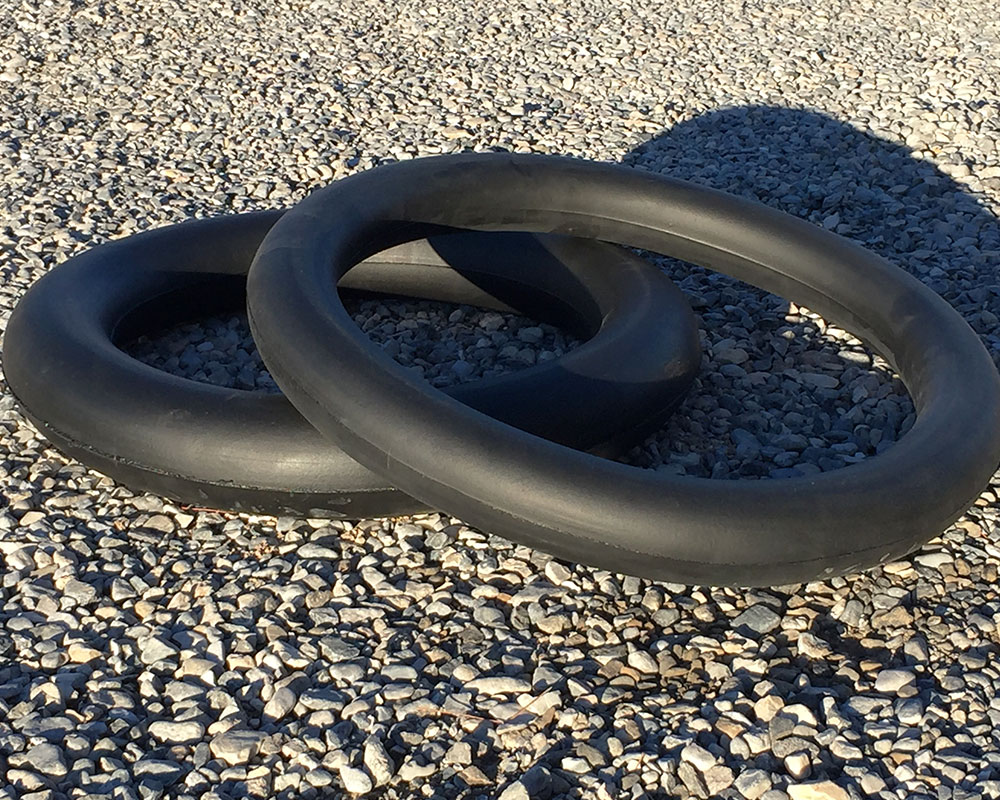



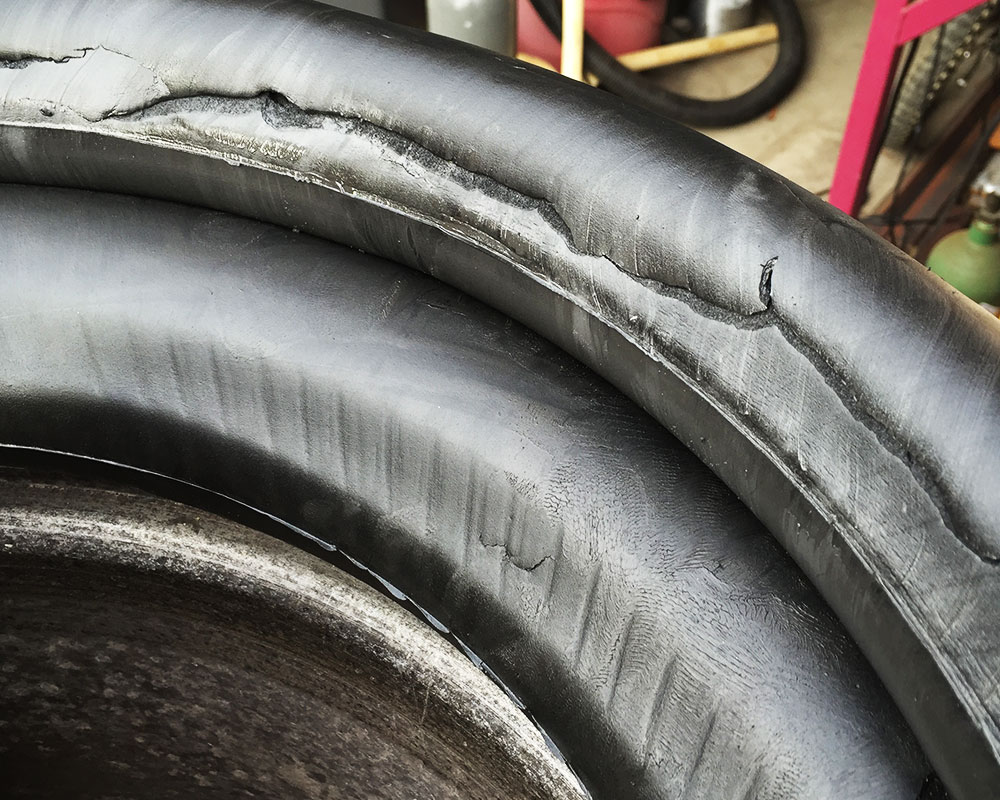
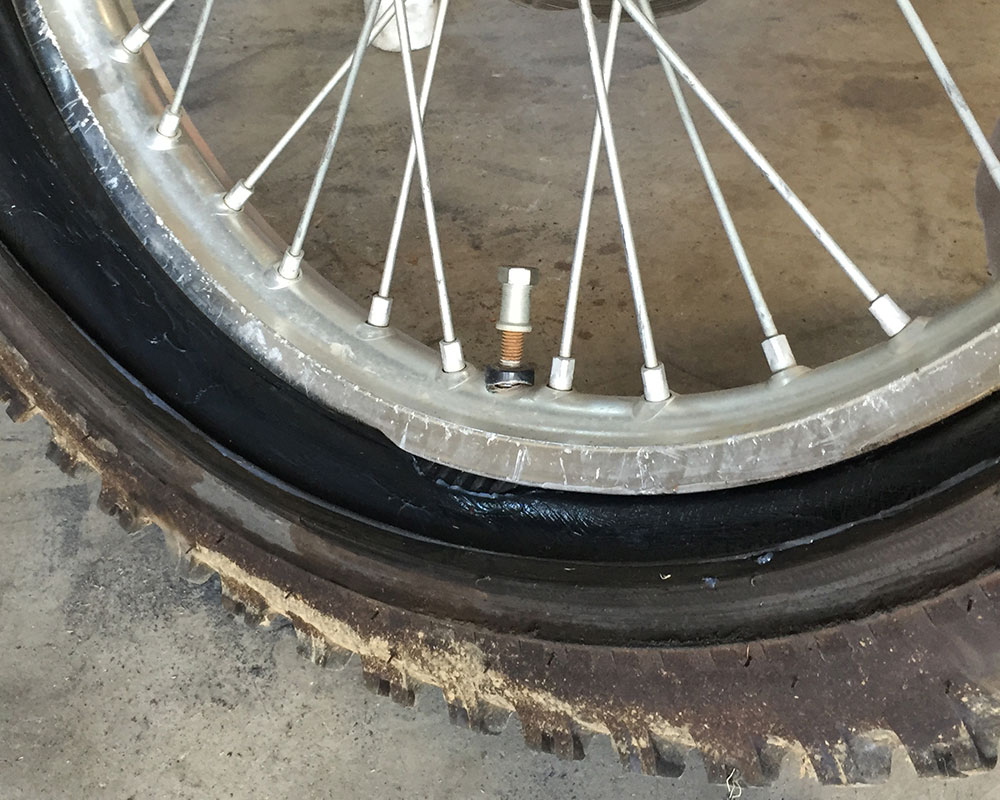

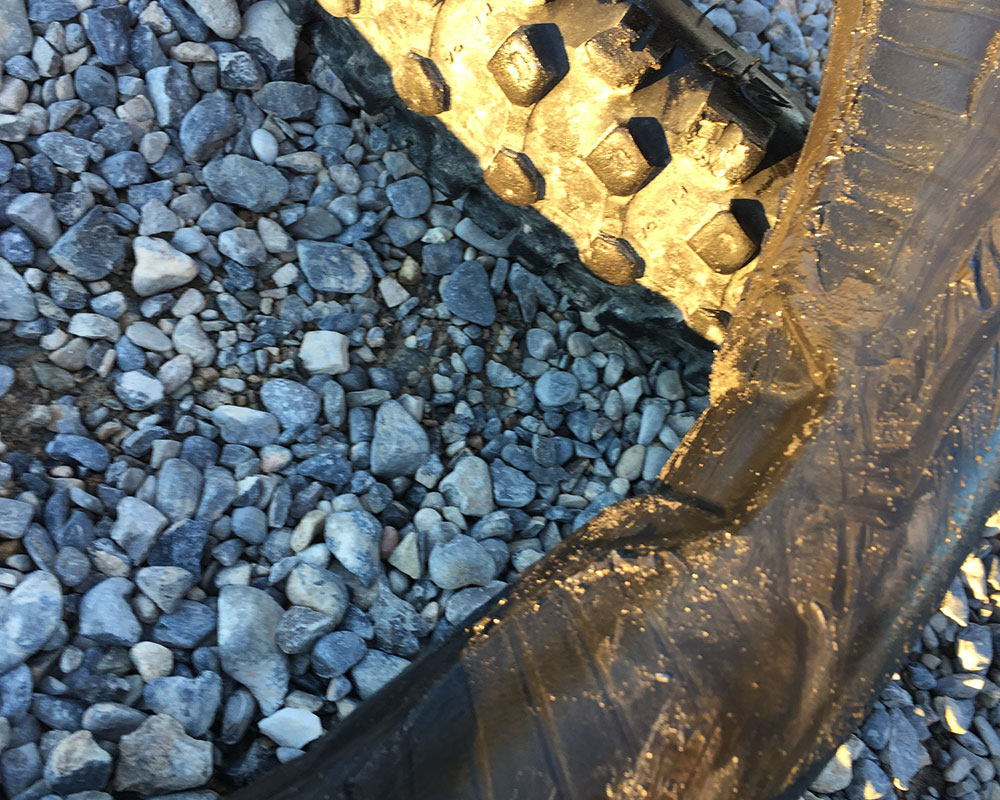
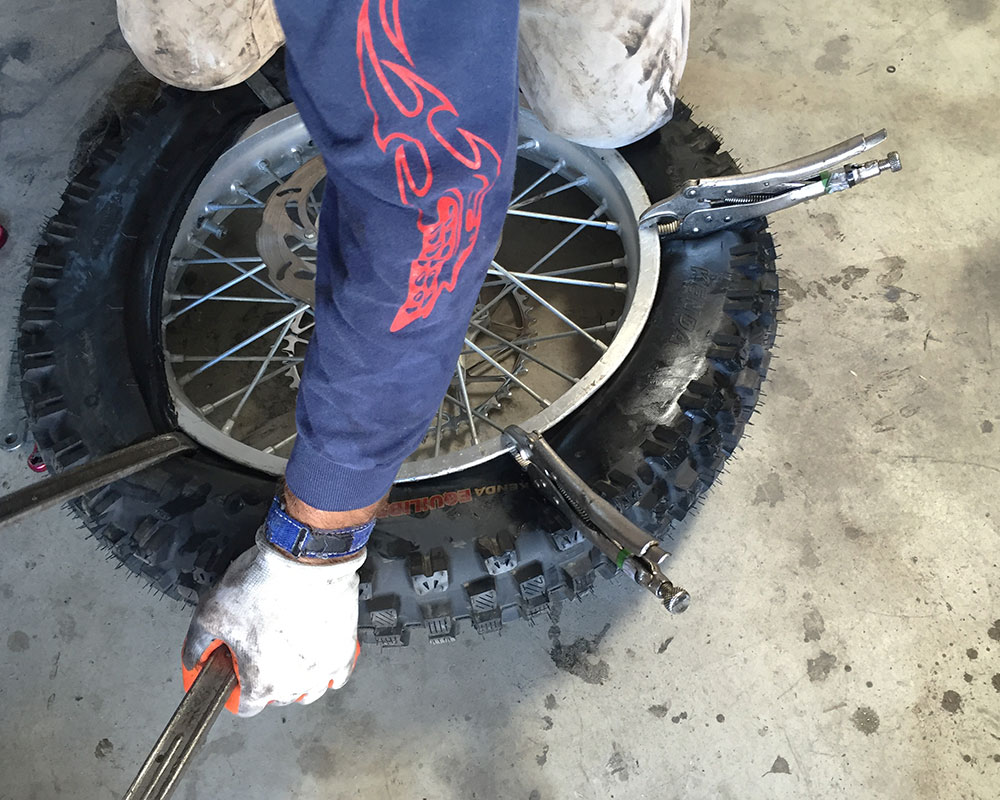
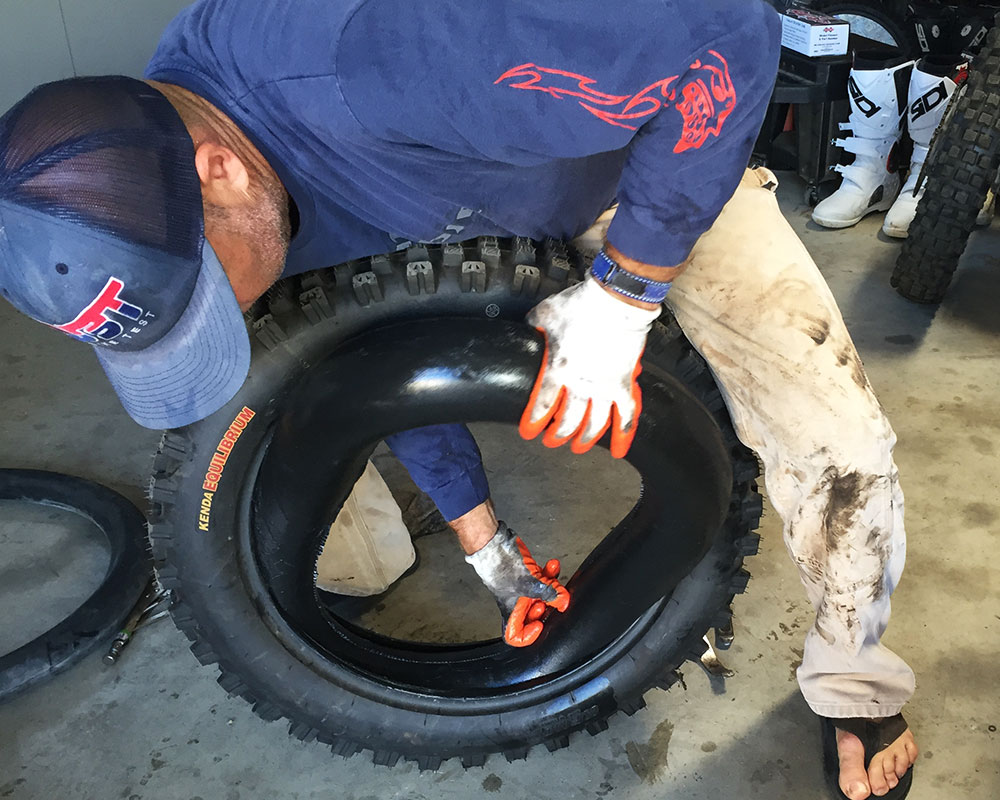
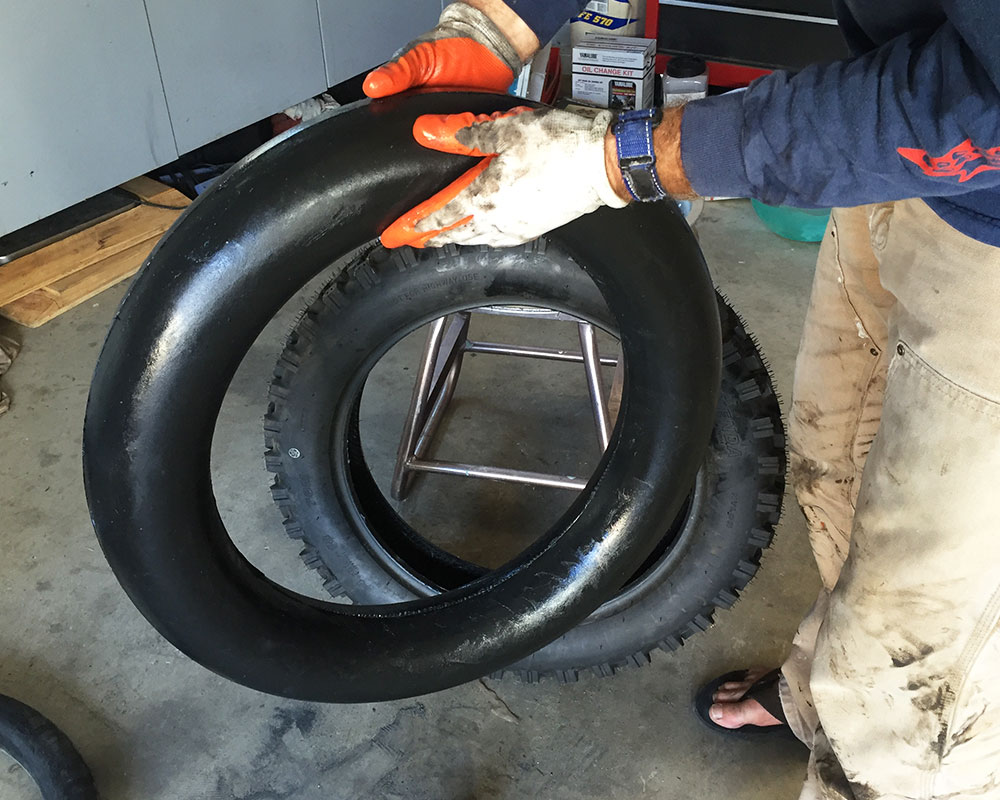
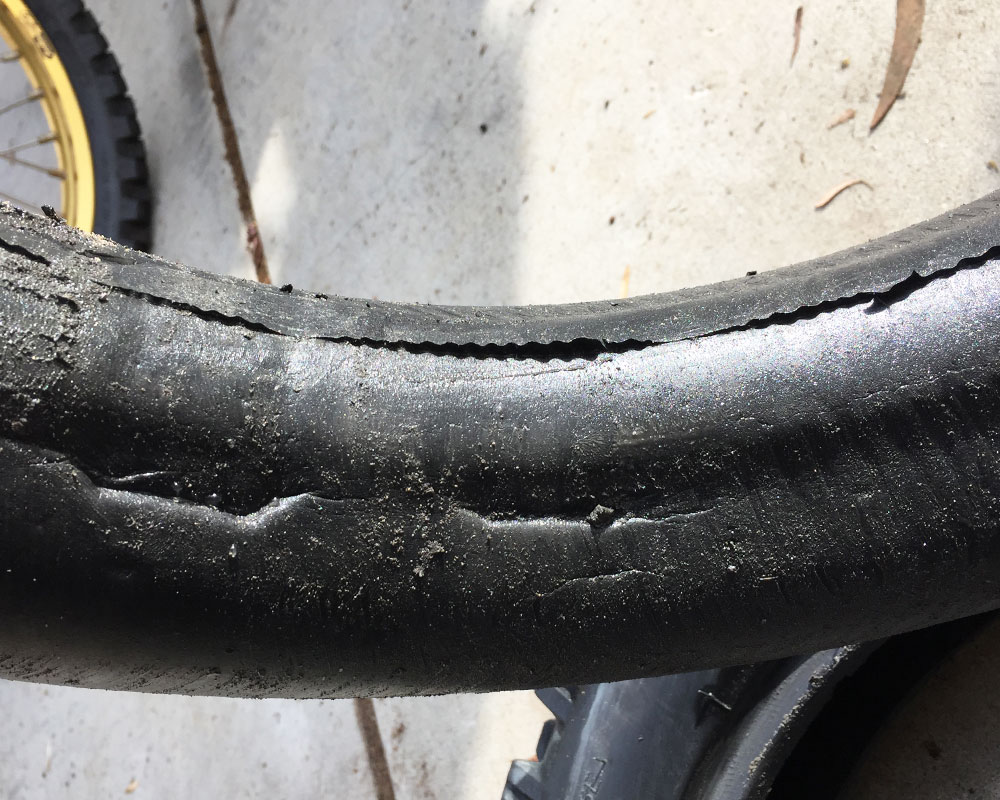

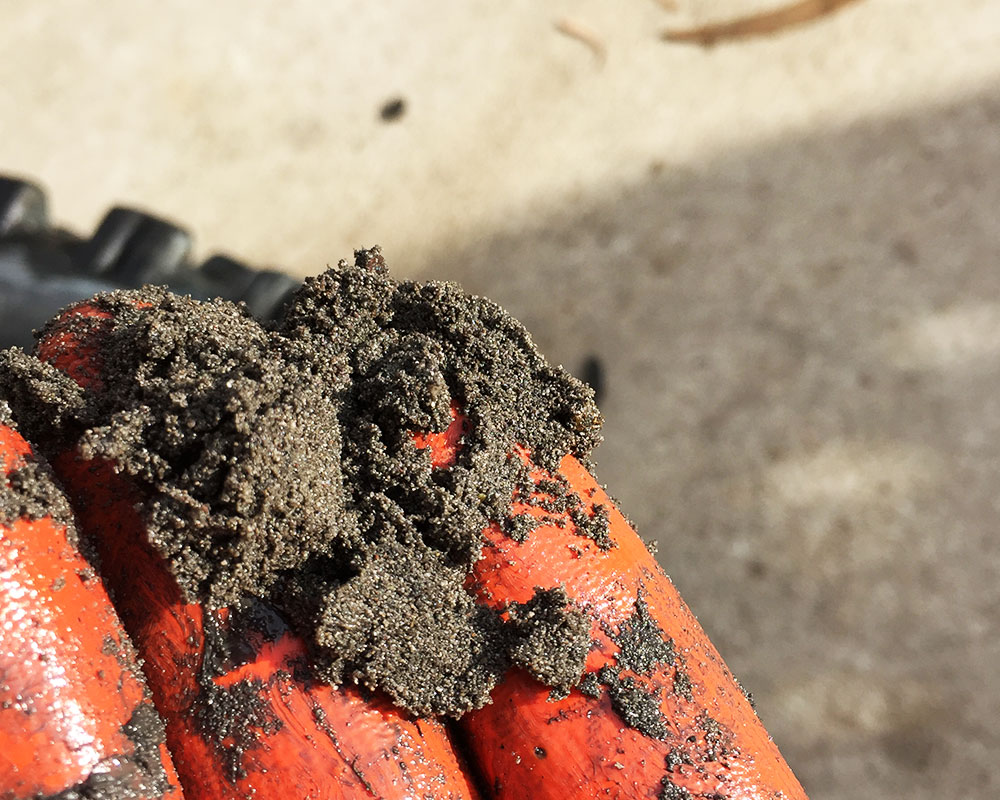

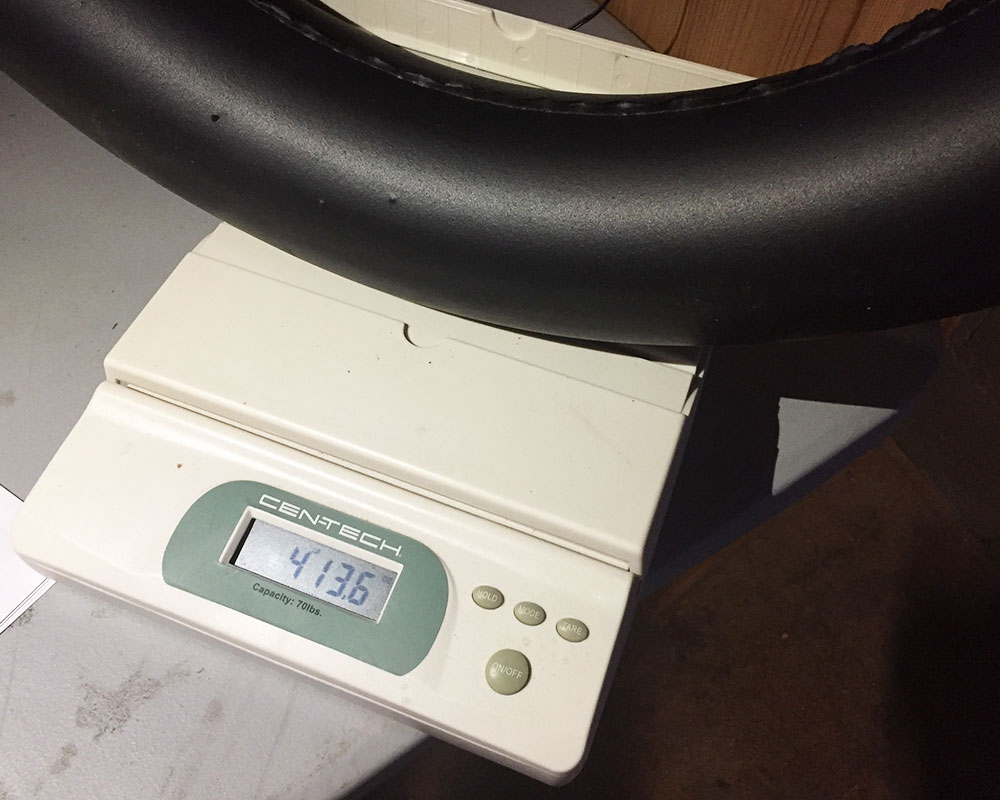


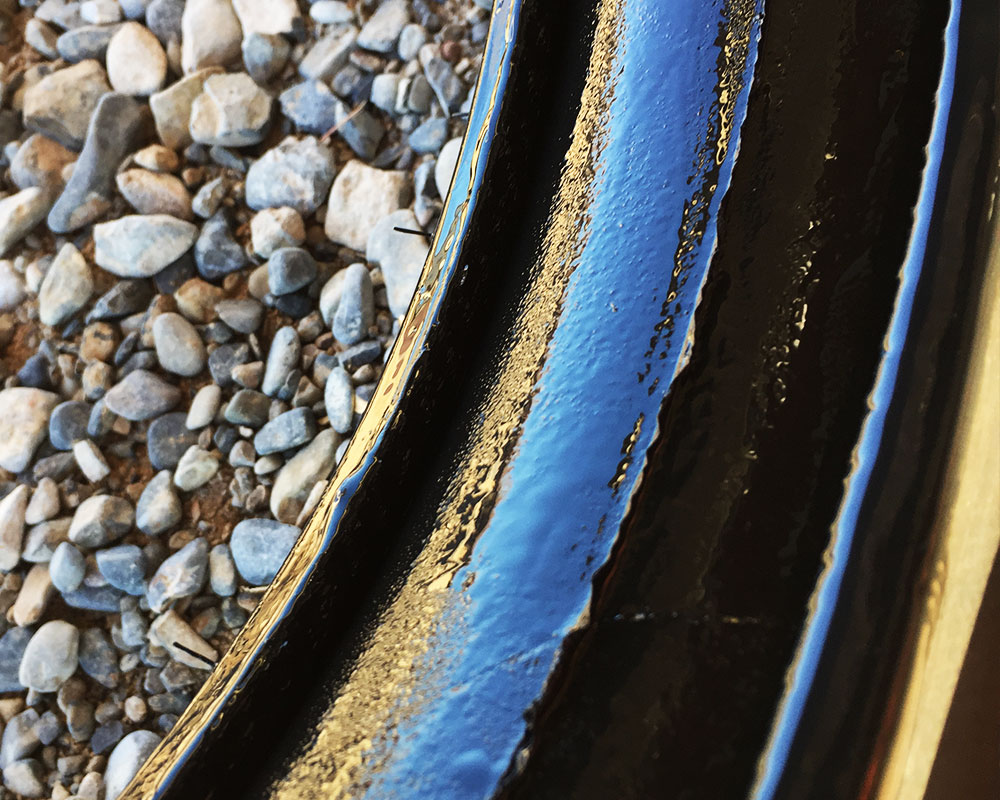
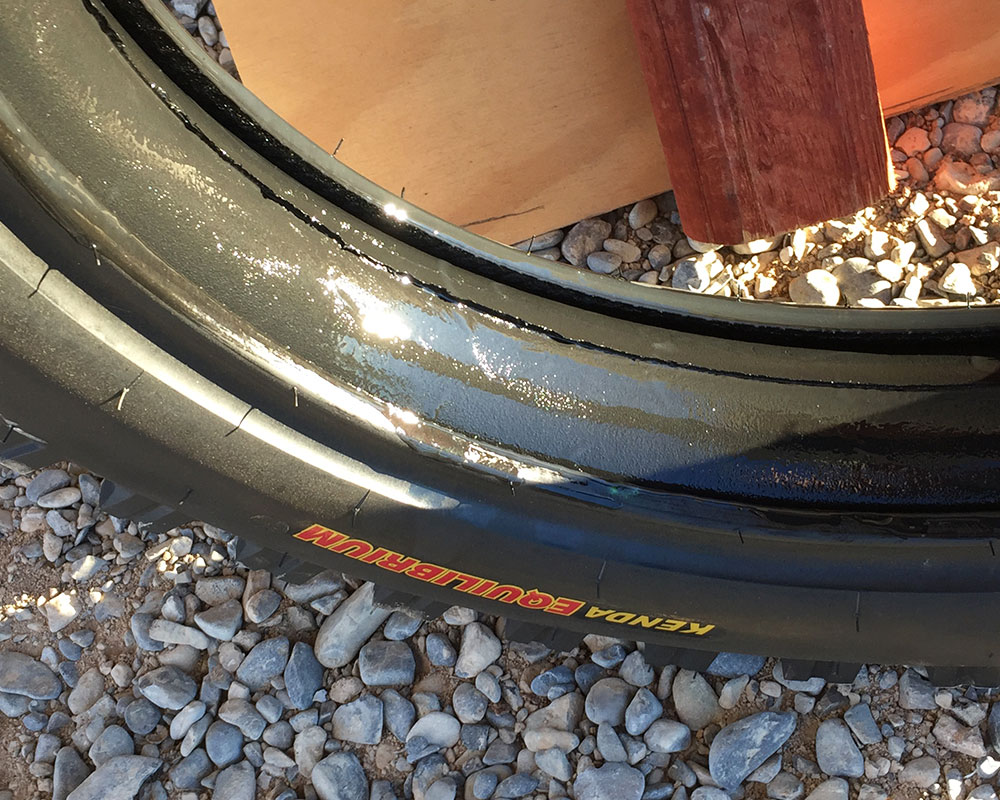
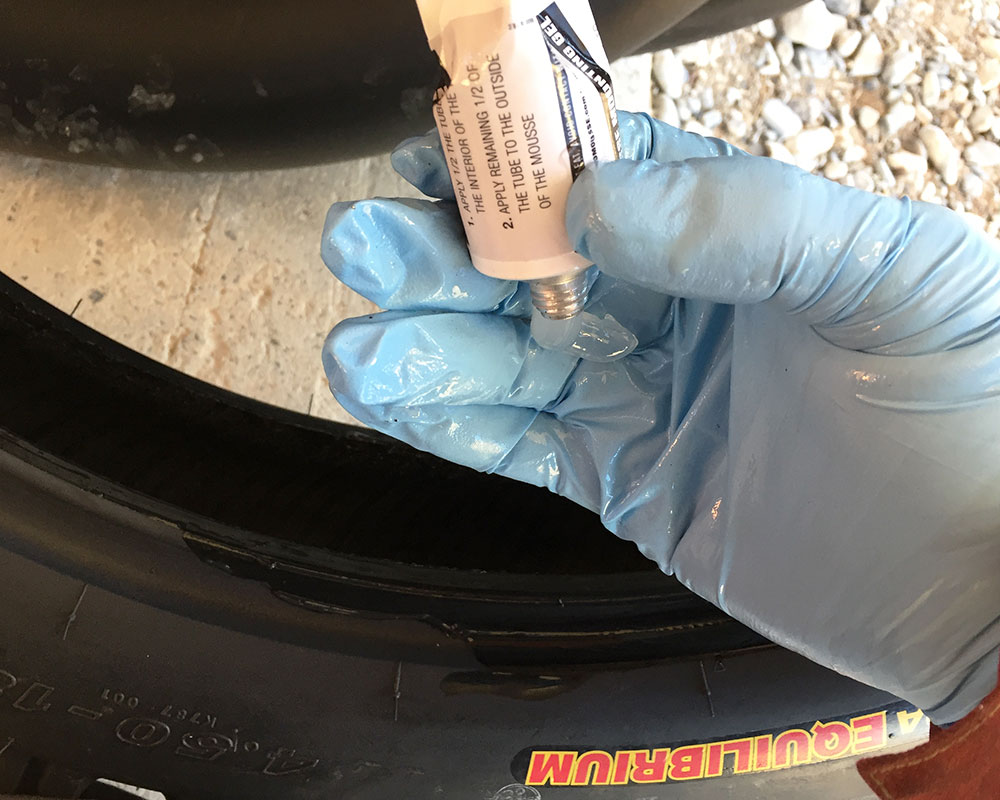
8 Responses to “Nuetech Nitro Mousse”
Greg Yoder
Got guys in Vegas wanting to buy them but can’t find where to get them???
Jimmy Lewis
I am told Chaparral has a supply. we are working on a discount code through DBT as we speak…
Gbarfoot
Slavens racing has them in stock and fast shipping too
Fudscrud
How do you think these would hold up for this years Baja 1k (1350mi)?
Jimmy Lewis
I think you would need at least two front and rear. But like anything it needs to be tested there with the riders at a race pace. Stopping and letting it cool might extend life compared to continued racing. Baja has traditionally been the toughest thing on mousse.
Girard Lall
How is the sizing? Just match to the tire size?
Jimmy Lewis
Usually that is the case but tire sizes vary brand to brand and even tire to tire. You have to learn the sizing and figure out what works.
Jimmy Lewis
Like all mousse, it depends on the fit in the tire and how aggressive the rider is. At rally speeds we were getting over 1000 miles on a rear but it was a proper tight fit and well lubed. The riders were, on average, not excessively hard on tires which means less spinning and not the type that bend rims regularly. And Baja speeds are 50-60 ave. for top teams.